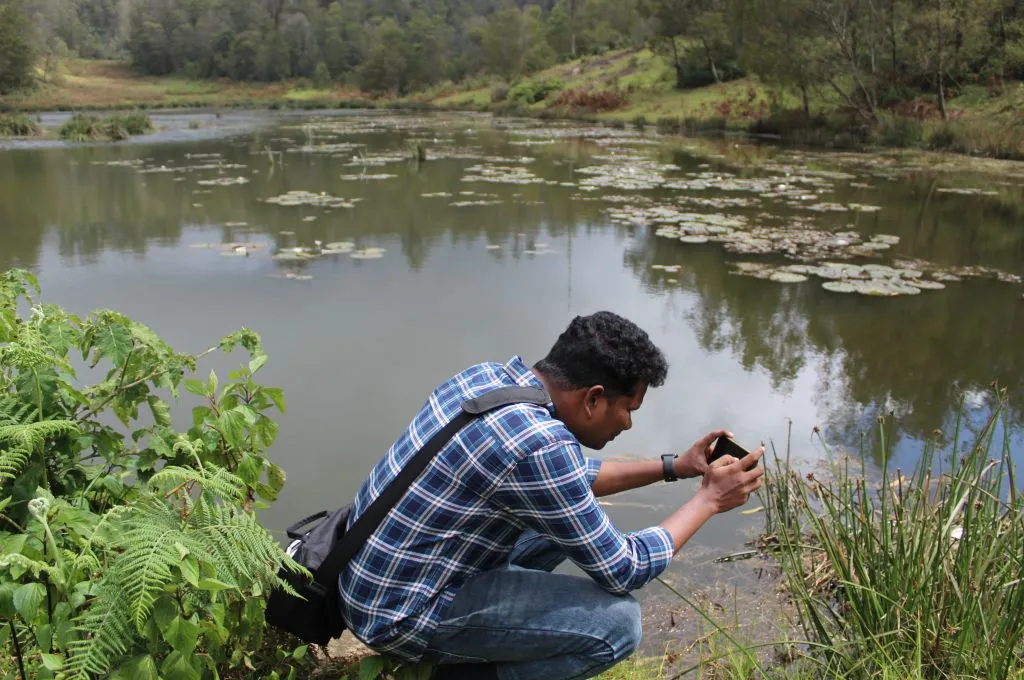India is currently at a unique and exciting time, economically and socially, and philanthropy is also riding this wave. From data that is available, including the Bain report on philanthropy, India is positioned to make rapid progress on a variety of social issues. There is a thriving and vibrant civil society, CSR is beginning to evolve, new monies are being made available, and innovative solutions and partnerships are being formed to address a host of social issues.
Globally, while the flow of capital and information has mostly been one way, now we are seeing that India also has a lot to offer, especially given our experience with social issue solutions.
The landscape of philanthropy in India has changed significantly
There appears to be more new money today than there has been in a long time. Regardless of the sources where this money is coming from (CSRs, next generation donors, indigenous foundations, high net worth individuals), or perhaps because of it, there is an appetite to look at riskier opportunities, in the form of new ideas and sectors.
For a sector to survive, innovate, and grow, it requires people with a range of skill sets. Philanthropy is beginning to attract talent from across professions, which was not the case some decades ago. The desire to ‘give back’ while inherent in the Indian ethos, is now compelling enough, to convince young and mid-career professionals, to move from corporate careers, to ones where the driving mission is social.
Partnerships are being forged across and within the three primary stakeholders—corporate, civil society, and government.
The model of giving—the way in which philanthropy structures itself—is itself changing. In addition to allocating resources (primarily money and time) in conventional ways, we are also beginning to see people and organisations starting to collaborate, and doing this with an intent and formality which has been missing. Partnerships are being forged across and within the three primary stakeholders—corporate, civil society, and government. There is a certain sense of maturity that has developed, that puts the cause and issues ahead of individual agendas.
Within CSR, we are beginning to see companies reaching out to civil society and private foundations, to learn and collaborate, to together achieve the maximum impact on concerned issues.
There is also the realisation that besides providing grants and money, initiatives focused on data generation, research, and convenings are also powerful tools in this space.

“CSR is beginning to evolve, new monies are being made available, and innovative solutions and partnerships are being formed” | Photo courtesy: Pixabay
Related article: The changing face of philanthropy
What new money needs to consider
Given that new money is looking at social issues and solutions, with a new set of lenses, a useful approach may be to begin by examining the existing data, and identifying opportunities that might address either specific gaps, or complement existing strategies. And in instances where the data might not exist, maybe look at collecting this data and making it public.
While philanthropy cannot ever have the reach or capital provided by governments, to find solutions to the most pernicious social problems, we need to encourage social entrepreneurs, knowledge creation, and seeding of new ideas, that may not show immediate results and may have a high probability of potential failure.
Philanthropy must step in and fund innovatively, even if this means funding projects that are risky.
Philanthropy must step in and fund innovatively, even if this means funding projects that are risky; both financially risky in that you may not see immediate returns—you may need to invest patiently in areas that are not glamorous; or in areas that probably won’t help you curry political favour. But these are both still very important.
We also need to build the capacities of these social entrepreneurs to be able to experiment and take on the risks of possible failure, rather than continuing down paths which have not delivered results.
Related article: From chequebook giving to ‘bold’ philanthropy
Foreign philanthropists are not allowed to fund social organisations that don’t have an FCRA licence, even if their strategies align. As a result, the universe of civil society organisations that they can support is limited.
Indian philanthropists however, don’t have this restriction and so should be open to addressing this gap—organisations who align with their strategies, and are seeking local funding.
It is also important for both foreign and Indian philanthropists, however, to make sure that what’s on their list is aligned with their own priorities as well. What you fund should therefore fall into the sweet spot of what needs funding, and what you want to fund.
In a country like India, it is imperative to support all kinds of social ventures and entrepreneurs, even those working on solutions that may be small, new, narrow focused etc. There is so much work to be done, and the right approach should be to be open to all kinds of ideas and interventions.
Philanthropists need to be open to exploring new partnerships.
If we want to see measurable changes to some of these pressing issues, we also need to be data-driven. We need to set clear outcomes, and then work backwards, outlining clear strategies to move forward. We may have to ask uncomfortable questions, and really be driven towards our goal, irrespective of how long it might take. And if this means exploring new ways of delivering impact, enabling for-profit entrepreneurs and businesses, then philanthropists need to be open to exploring new partnerships.
Philanthropy has finally truly arrived on our shores, and India is firmly poised to be a leader in perhaps churning out solutions that could be applicable globally. For this, we need to continue innovating, collaborating and learning from our experience, and all us working in this sector, has this huge responsibility in ensuring this.
At the AVPN Annual Conference 2018, Pradeep Nair spoke about investing in sustainable livelihoods ecosystems.





